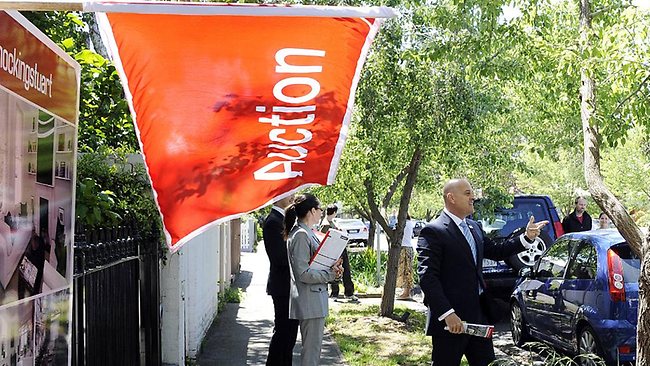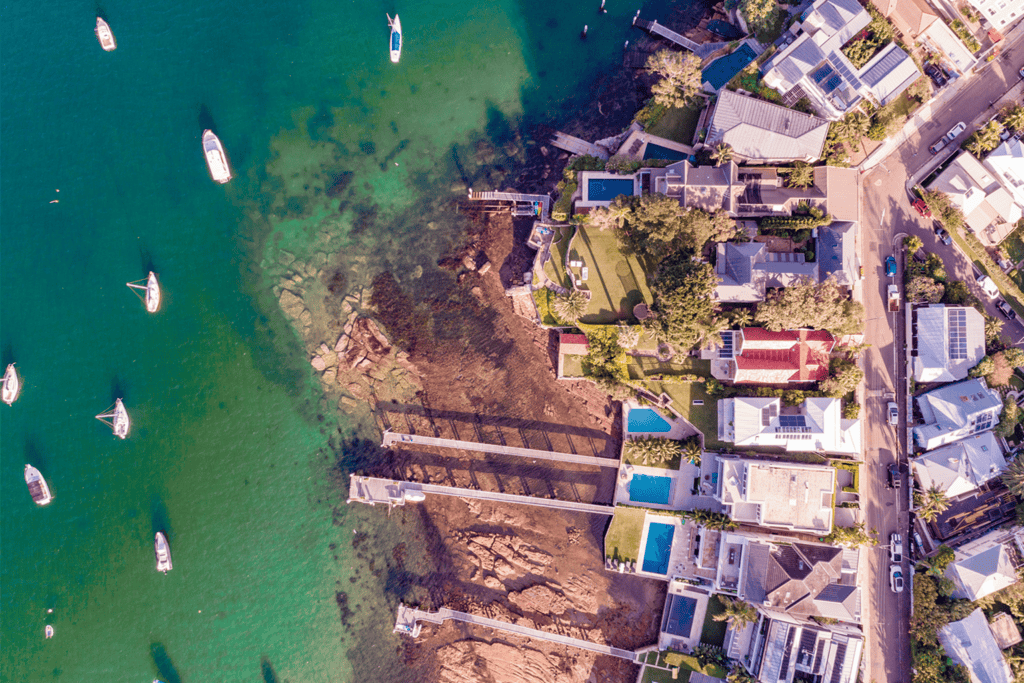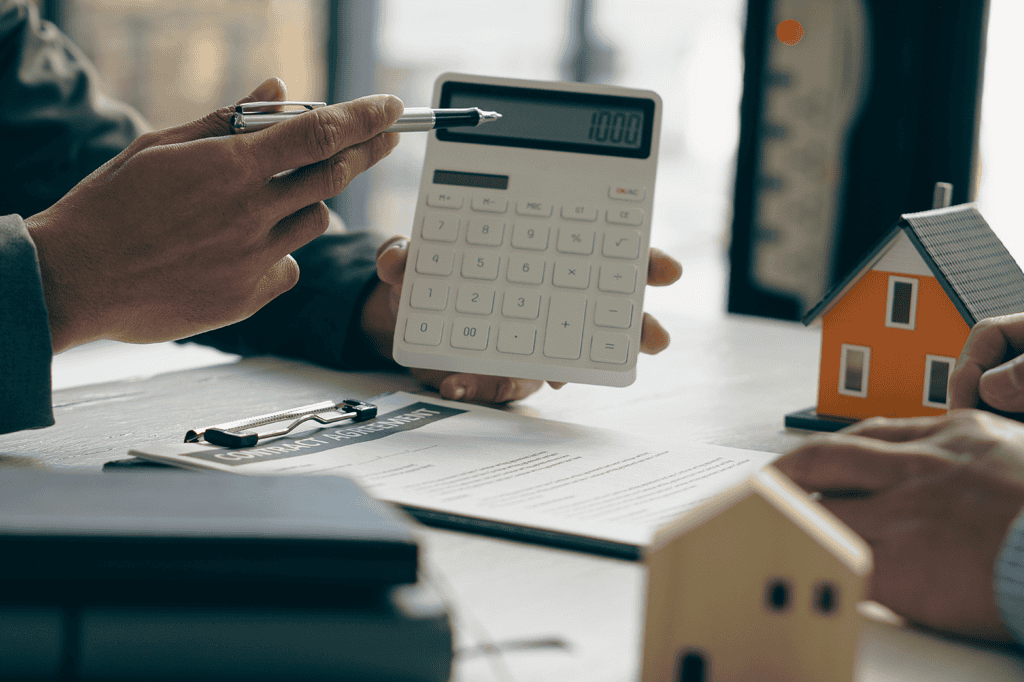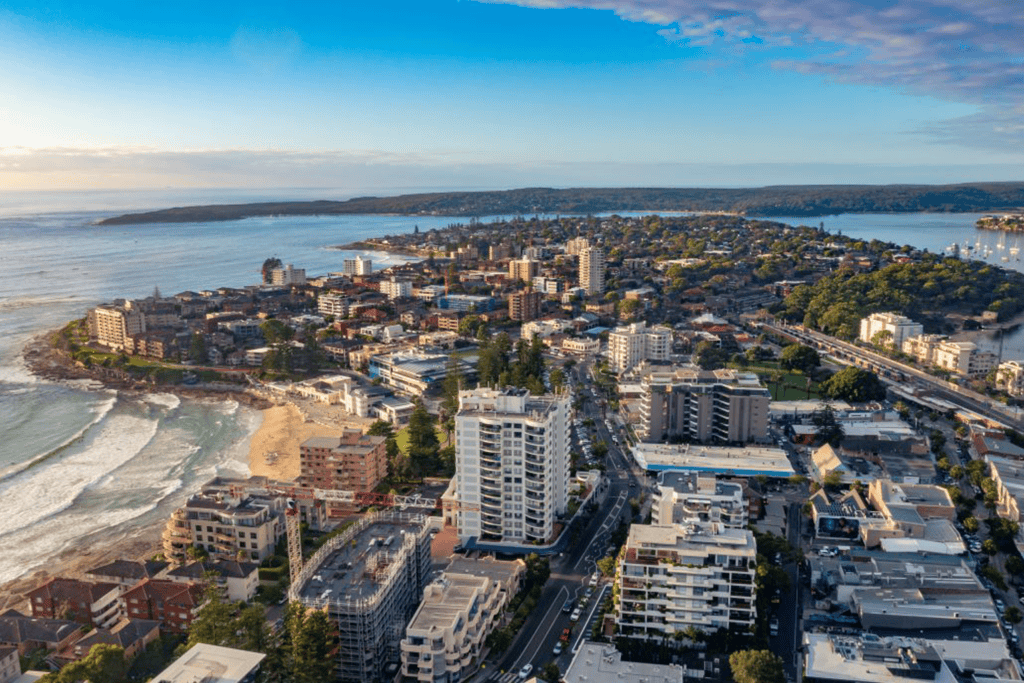Perth and Darwin are the top places to claim tax loses on property, but several international banks warn it may not take Sydney long to join them.
The latest CoreLogic Pain and Gain report shows that the proportion of loss-making resales of houses in Perth and Darwin over the June quarter were at, or close to, historic highs.
The report, which measures the profits and losses from property sales, shows that over the June quarter, 20.1% of Perth homes resold at a loss, while in Darwin, 24.2% of homes resold at a loss, the highest proportion since December 2002.
The Western Australian economy is shrinking fast as it continues to feel the pain of the end of the mining boom. In the Northern Territory, overall sales of houses and units in 2015 slumped by 31.9% in the year to December simply because there are few buyers following the huge hit to the resources industries.
Proportion of total resales at a loss over time

Investors have reason to sell
The proportion of loss-making resales in the other capitals for the June quarter was: Sydney 2.4%, Melbourne 4.4%, Brisbane 8.4%, Adelaide 10.6%, Hobart 10.8% and Canberra 9.6%.
Averaged over the country, the Pain and Gain findings show 5.9% of capital city houses resold at a loss, up from 5.7% from the March 2016 quarter, while 9.5% of units resold for less than the previous purchase price.
But remember, investors are more likely to own units than houses and have more incentive to sell properties at a loss to offset future capital gains than owner-occupiers.
Proportion of loss-making resales, combined capital cities

Sydney units still strong
Sydney was the only capital city that had a lower proportion of units than houses that resold at a loss. In Melbourne, Brisbane and the Australian Capital Territory, the proportion of loss-making unit resales over the quarter was more than double that of houses, the report says.
In the inner-cities, only 2.8% of unit resales in Sydney lost money but in Melbourne the figure was 17%, Brisbane 15.6%, Adelaide 10%, Perth 38.3%, Hobart 14.5%, Darwin 25.9%, and Canberra 21.7%.
However, Sydney is facing a ‘housing bubble’ after a surge in prices in the past five years, according to a UBS Global Real Estate Bubble Index report. It says Sydney house prices have risen 45% since 2012, driven by demand from foreign investors and low interest rates. It notes that an increasing supply of units and tax measures to reduce foreign housing investment may bring the boom to an ‘abrupt’ end.
Proportion of total inner-city resales at a loss over time

But money is still looking for a home
Global banking giant Citi has also warned of the risk of oversupply in the short term, which would force unit prices and rents down. Harry Triguboff, the founder of Meriton, the biggest builder of apartments in Australia, predicts many buyers will walk away from their deposits for off-the-plan purchases.
A surge in apartment plans drove the number of new building permits up nationally by 11.3% in July, the biggest jump in monthly approvals in 2½ years. The 21,000 approvals, led by NSW and Victoria, up 2.4 per cent and 0.5 per cent respectively, was the second-highest total recorded since the Australian Bureau of Statistics started reporting the data in 2001.
However, ANZ economist Daniel Gradwell says that while there is a risk of rising defaults, there is still an incredible amount of demand coming from Chinese buyers. “If they’re not getting finance from the major banks, it seems there are other options out there, including non-bank financing,” he says.
“It’s worth remembering there is still a lot of money out there searching for a home or somewhere to invest.”




